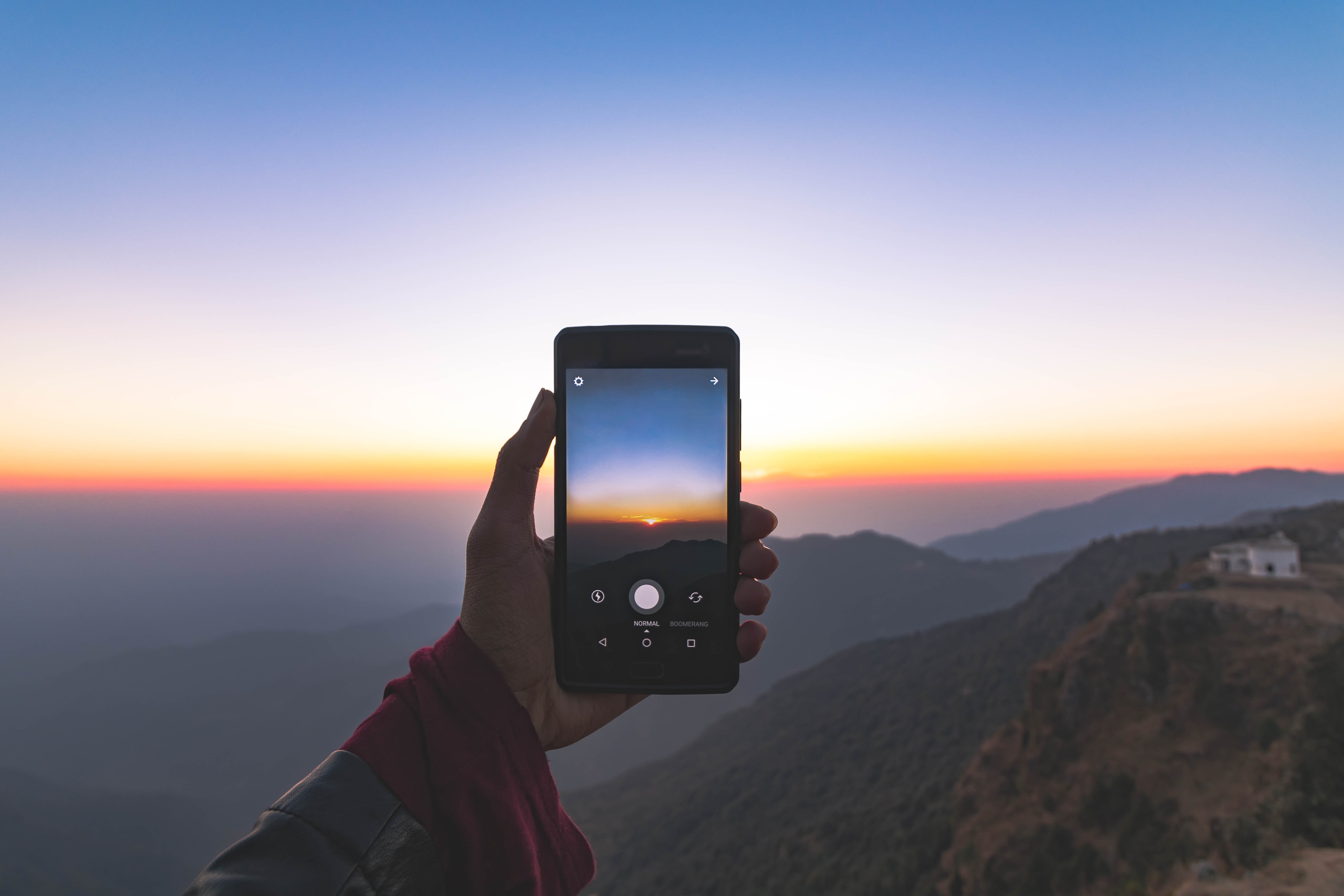Mindfulness isn’t a word that we typically associate with technology. In fact, we refer to active attention to the present as “unplugging” or “disconnecting” from our digitized world. Our focus on technology, particularly social media, has been found to increase anxiety, and mindfulness and meditation are supposedly antidotes to this.
But do mindfulness and technological engagement have to be mutually exclusive? When your average American spends around 10 hours a day online, is there a way to master our emotions and harness technology in a positive way? I would argue that there is. Here are at least four methods of integrating your mindfulness practice into your online space.
Use social media to facilitate focus on a moment
If mindfulness is all about focusing our attention on the present, you could argue that pouring through others’ photos on Facebook is hardly conducive to this. But you can actually, consciously use social media to facilitate focus on a given moment, as well.
Social media allows us to not only find out about events as they unfold, but also to focus our energy on them. To cut ourselves off from what we’re doing for a moment and express our solidarity with others. There are ways to channel our mindfulness practice down to our private network, as well. Whether it’s to greet a friend on their birthday, or express how we’re feeling on Twitter; we take a short moment in our day to stop what we are doing, notice how we’re feeling and express it.
“The action of taking a photograph reminds us to find and appreciate the beauty in each moment,” says photography influencer Ryan Parrilla of D|S Projects. “By sharing meaningful moments, we encourage audiences to look inward and facilitate our own connection to the present.”
Act on social media as you would in real life, with real people
Having a social media profile often means we feel compelled to fill it with all our best photos and moments. Just glimpse through your friends’ network of perfectly-lit profile pictures and luxury vacations. Sometimes other people’s lives seem so exotic and exuberating, it’s positively depressing. But that’s not real life you’re seeing. You can become more mindful if you act on social media the way you do every day, offline.
This applies as much in our personal lives as it does to business. Damon Gochneaur, founder of digital media firm, Aspiro Agency, confirms, “my top tips for social media success are to be authentic and tell your story — save the fluff, industry jargon and buzzwords.” Simply put: don’t be afraid to be your unfiltered self.
Steer clear of broadcasting content
Broadcasting content is definitely not the way to become more mindful. That can make massive mediums, like Facebook and Twitter, hard to be authentic on. Tailoring your message down to a carefully selected group provides context and awareness to online discourse. It’s hard to be authentic when you’re trying to broadcast content to your parents, friends, children, and colleagues if you want your content to be universally appealing.
This can help your mindfulness practice and build your following as well. “Actively engage,” instructs Brianna Valleskey of Brave Ink. “Continuously serve your community, say hello, answer questions and tag people in posts you think are relevant or interesting to them.”
Shift your attention from arbitrary likes to meaningful connections
As is true in real life, a small number of meaningful relationships that evolve past cursory interactions are far more valuable than loads of acquaintances.
“Strive to get a cult following. Having 1,000 followers that go to the ends of the earth for you is much more valuable to your social media account than having 10,000 ‘ghost followers’ who don’t care much about you or your brand,” advises Huseyin Aksu, CEO and cofounder of Fantasy Couch.
When you are selective about who you have in your network and take the time to communicate, you can use social media to step up your mindfulness game, rather than play against it.


